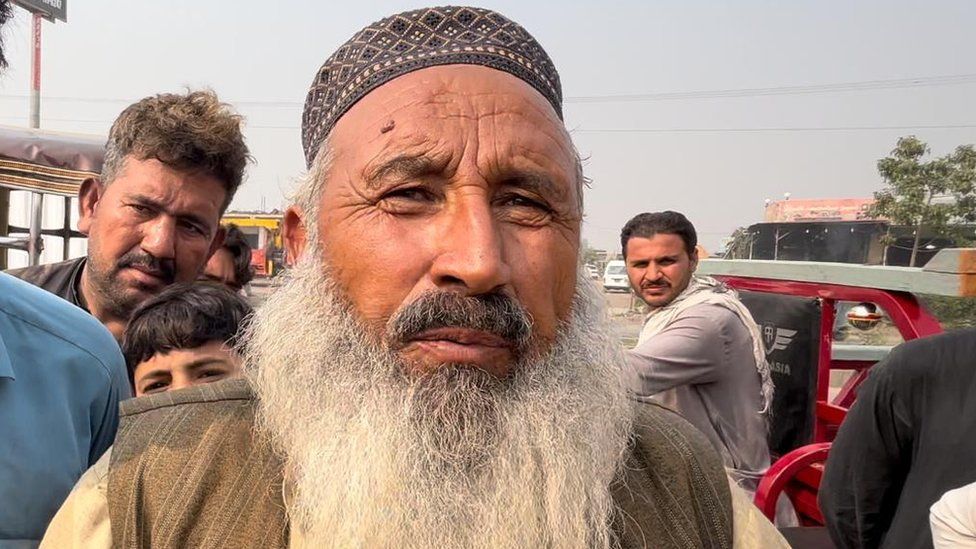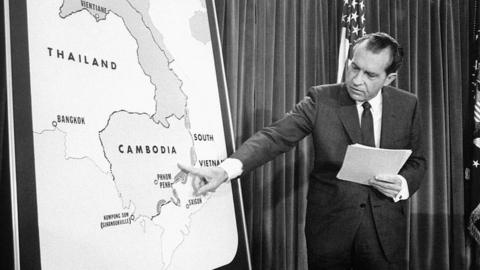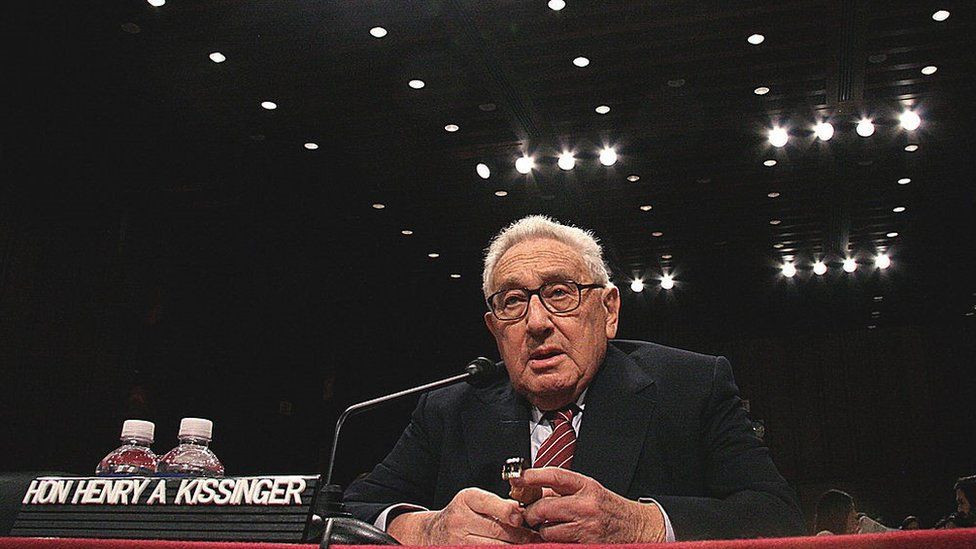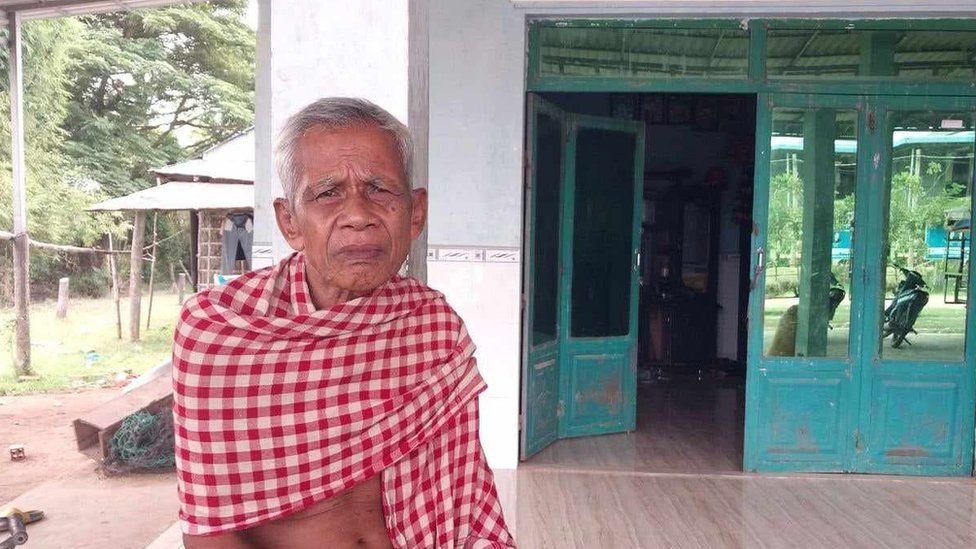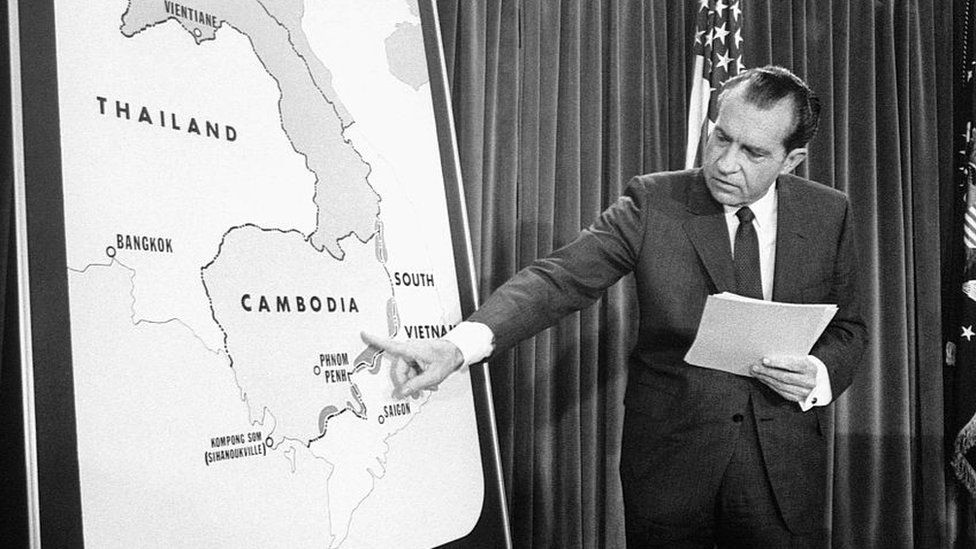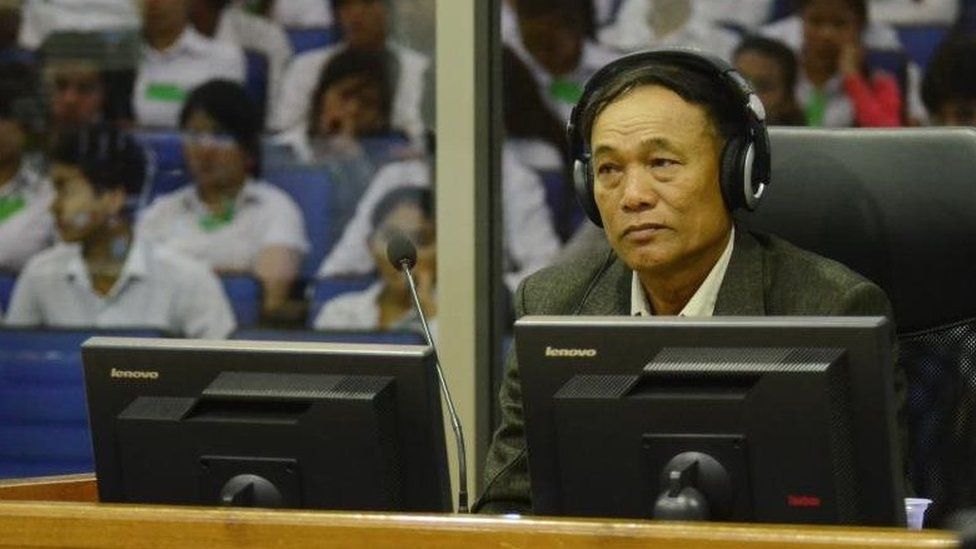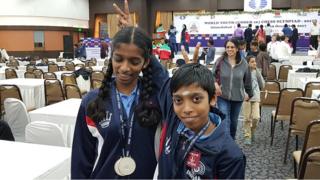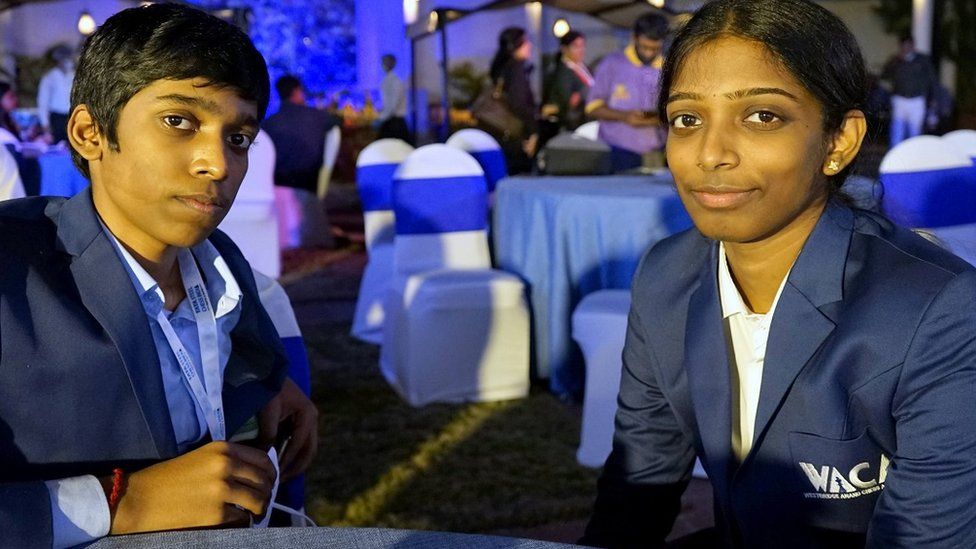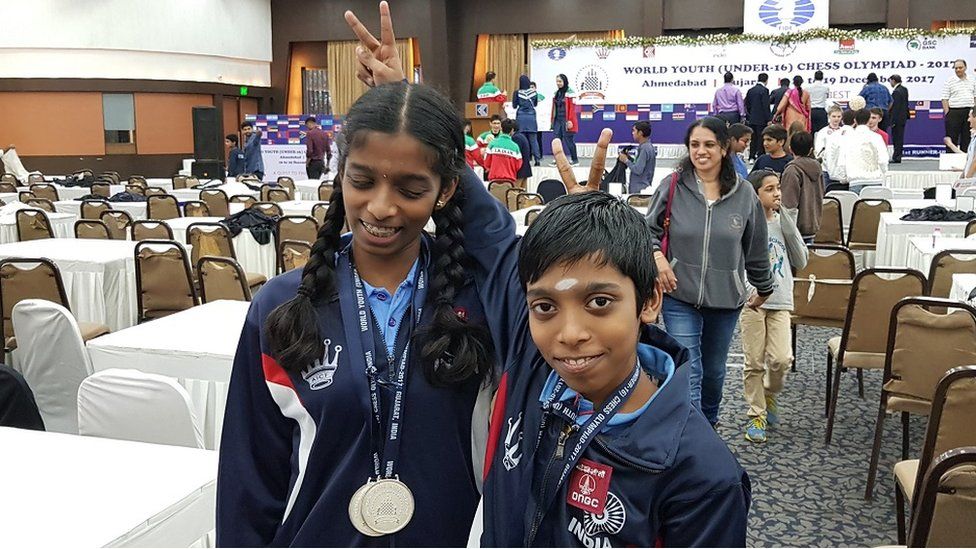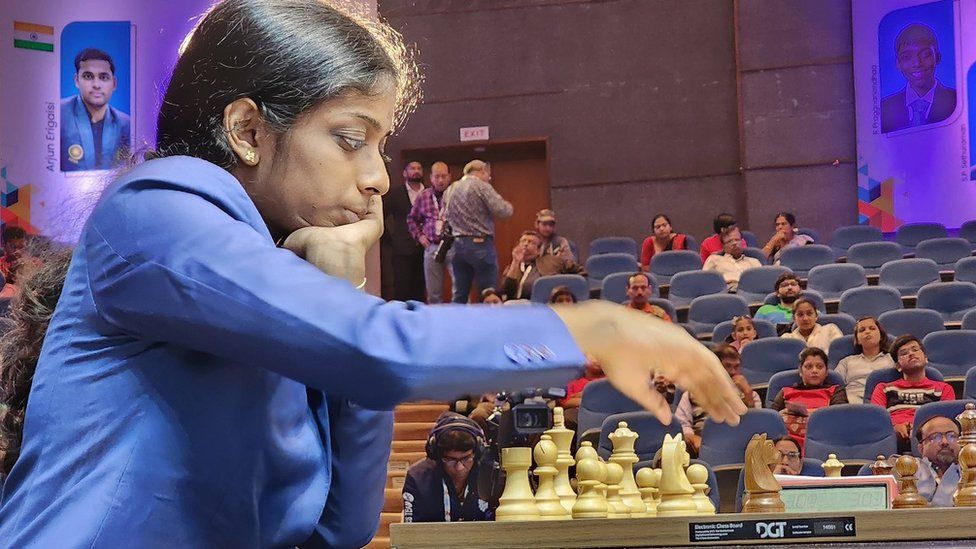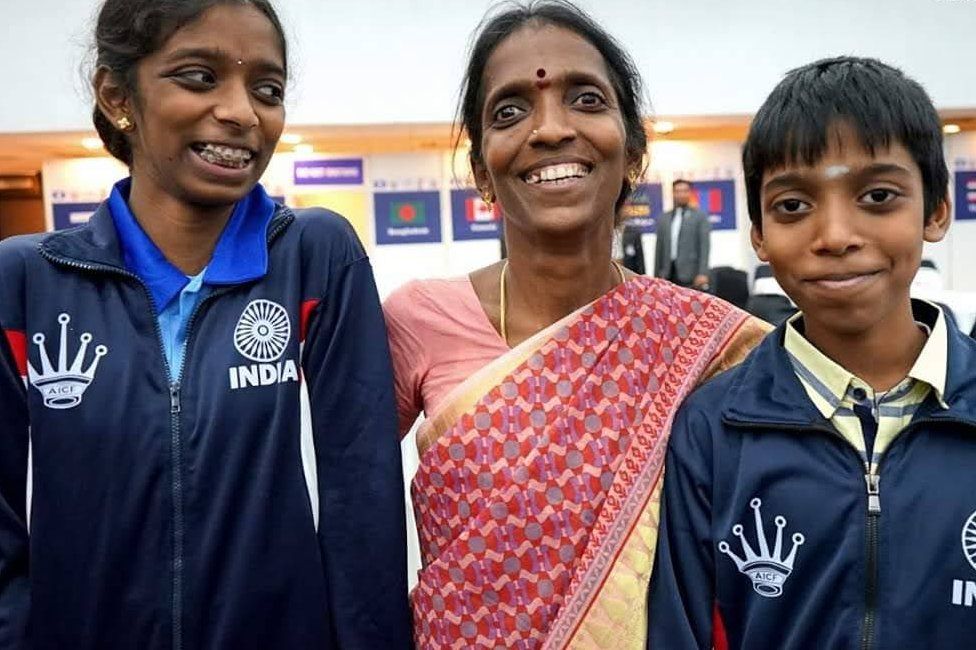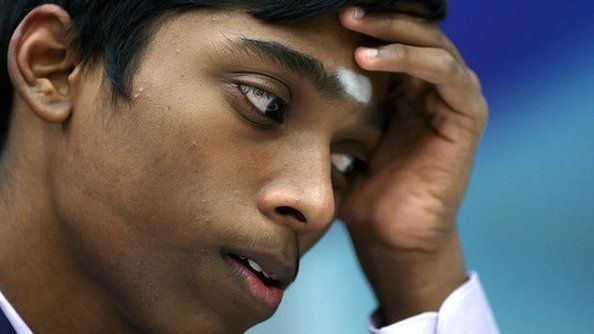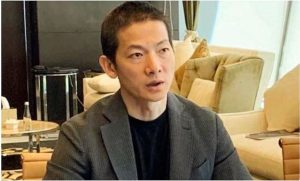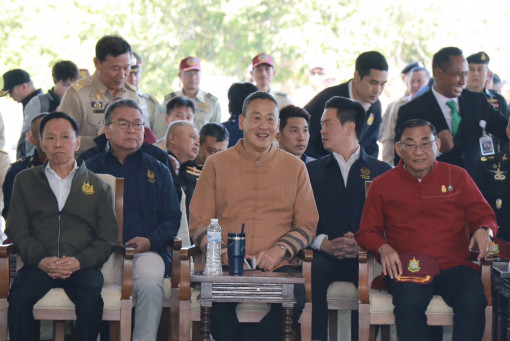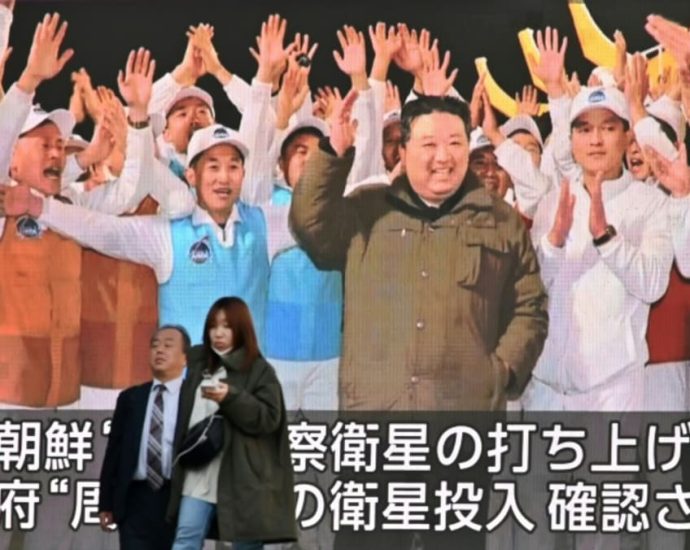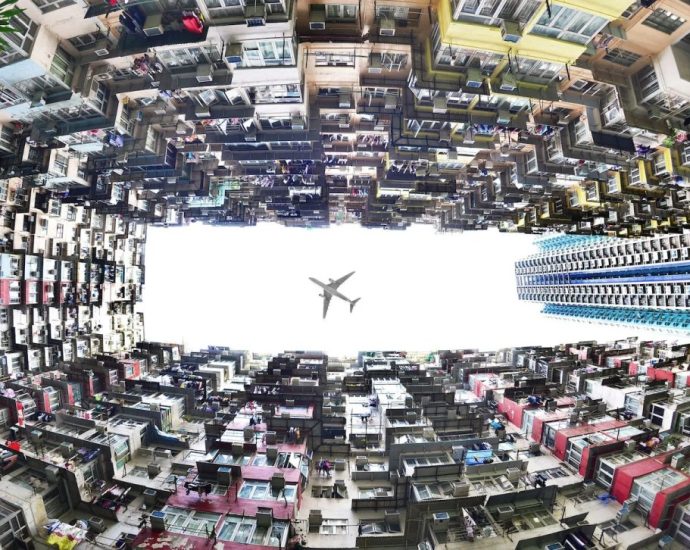Afghan Hazara refugees live in fear of being deported by Pakistan
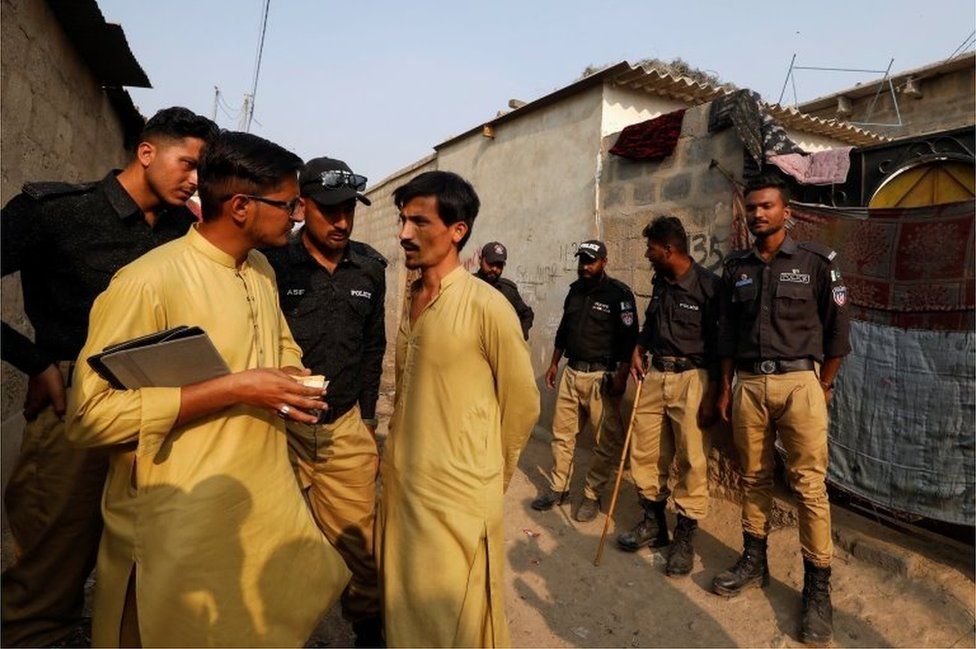 Reuters
ReutersIn the shaky mobile phone footage, women’s voices can be heard panicking. The camera moves in and out of focus, positioned through a crack in a door frame.
Across the yard, Pakistani police are outside a property, looking for undocumented foreigners. The officers flip through papers as several men sit expectantly inside.
Then the video cuts out.
Across Pakistan, unannounced arrivals of police are becoming increasingly common in a crackdown on hundreds of thousands of foreigners who do not have the right documents to stay.
The vast majority affected are Afghans, who now face the threat of deportation.
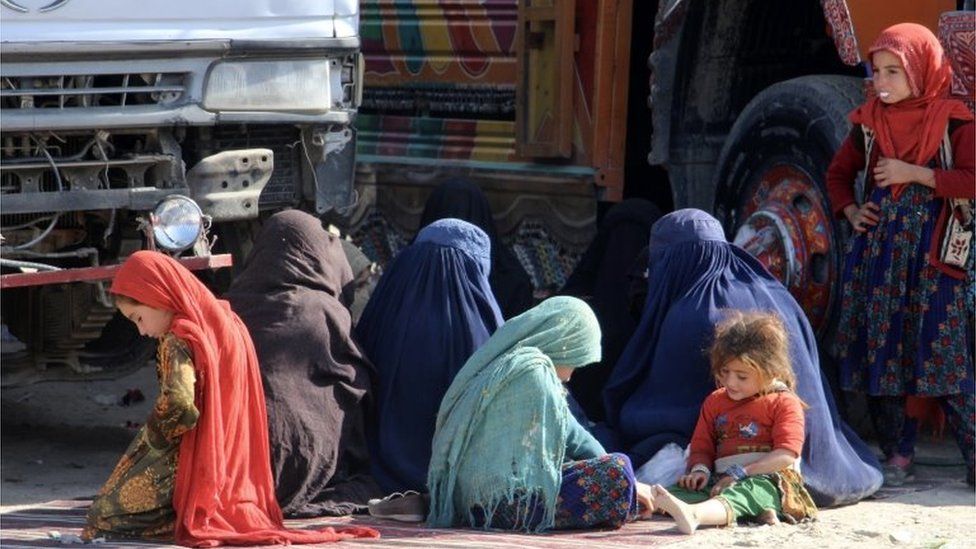
Many have reason to be fearful of returning to their country, after the Taliban seized power in 2021.
They include journalists and human rights activists, members of the LGBT community, contractors who worked for US-led forces or the Afghan military, and women and girls who can no longer receive an education in their country.
But the raid in the footage the BBC was sent by the family who filmed it, was targeting an area in Pakistan known for a particular ethnic group – the Hazara. Predominantly Shia Muslims, they have long been persecuted by Sunni extremists.
Members of these two branches of Islam share many beliefs but differ on many other aspects of religion – and the sectarian divide has torn communities apart over the years. Out of fear of persecution in Afghanistan, many Hazaras decided to cross the border to Pakistan.
“Life under the Taliban felt like a prison, they didn’t see us as Muslim, they called us infidels. We never felt safe with them,” Shakeba, a 17-year-old Hazara from Afghanistan, told the BBC. She arrived in Pakistan in early 2022.
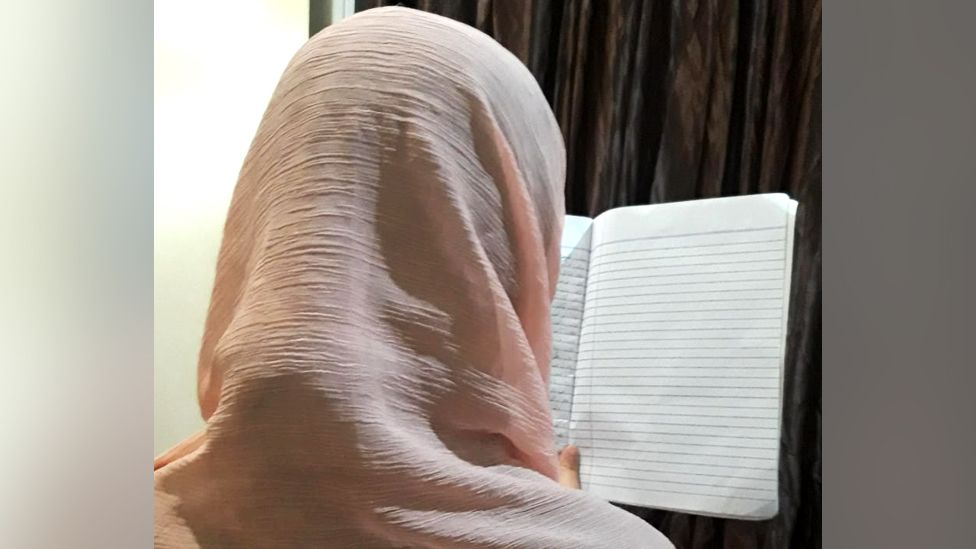
Shakeba has seen police raids on her neighbourhood but so far they haven’t been to her house.
She’s terrified that she or her family will be picked up if they leave its four walls – they’ve been in hiding for the last three weeks.
“Our faces look different. Even if we wear Pakistani clothes, we are easily identifiable. They identify us and shout ‘Afghani, Afghani!’.”
Hazaras are of ethnically Mongolian and Central Asian descent; their features differentiate them from much of Pakistan and Afghanistan’s populations.
Like other Afghans in this article, Shakeba’s name has been changed to protect her identity.
Afghans make up almost all of the estimated 1.7 million foreigners that Pakistan says have no right to live in the country.
Its move to expel undocumented foreigners came after tensions soared following a spike in cross-border attacks. Islamabad blames them on Afghanistan-based militants, a claim the Taliban government in Kabul denies.
In the last two months, more than 400,000 people have crossed from Pakistan to Afghanistan.
A highly uncertain future awaits them – some are staying in camps, others have set off across the country to start life again, often taking little with them as winter approaches.
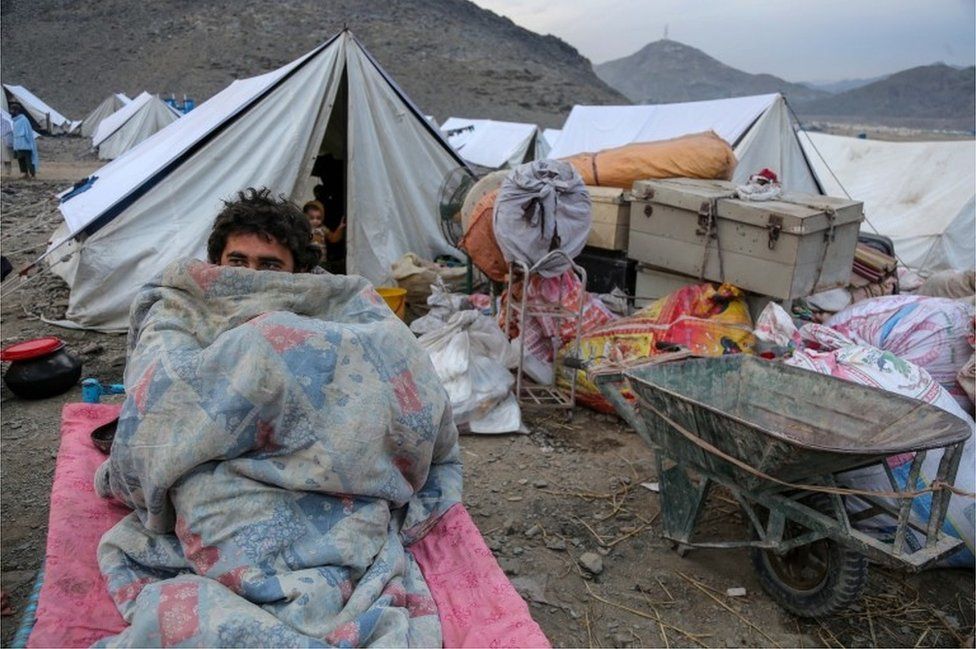
Many new arrivals from Afghanistan since 2021 have faced long delays securing any form of formal documentation in Pakistan, including those with refugee claims. This left them with two main options when the new policy was announced – leave and take their chances back home in Afghanistan or stay and risk the knock on the door from the police.
For Shakeba, there was no hesitation.
“It wasn’t a decision,” she says. She and her family arrived in Pakistan after they received multiple threats to their lives, she says. “I said to my family, we will stay here until they force us to go back. It is not a place for Hazaras, it is better to be here and pray for our luck.”
Fida Ali, another Hazara, said: “Of course there is radicalism in Pakistan, but Afghanistan is on a completely different level.”
A former teacher, he arrived in Pakistan just over two years ago, soon after the Taliban seized power as foreign forces evacuated. “When the internationally supported government collapsed, so did many of the institutions we were working for. The second reason for leaving is that as a minority, we were a number one target.”
The fear of return
For Hazaras, Pakistan has not always felt like the safer alternative to its neighbour, but when the Taliban retook power many joined huge numbers of Afghans who fled over the border.
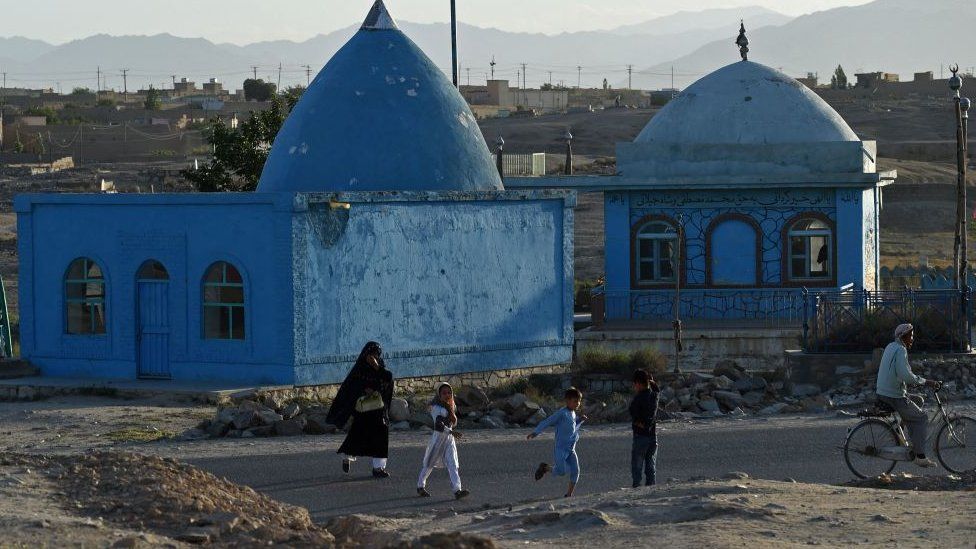
“Yes, Hazaras face persecution in Pakistan but many feel that they are being brought back to the slaughter house if they return to Afghanistan,” says Jalila Haider, a lawyer and human rights activist.
She is a Pakistani Hazara and has been offering legal aid to many who have been arrested and threatened with deportation in the last few weeks. She explains that there is a significant lack of trust between the Hazaras and the Taliban because of recent history.
Shakeba says this led to a real fear.
“We were scared of the Taliban, that they might kill us like they did before,” she told the BBC.
When the Taliban were last in power from 1996-2001, Hazara fighters fought against them. Hazaras were killed in their thousands by the Taliban, according to Human Rights Watch who accuse the Taliban of carrying out massacres at Mazar-i-Sharif in August 1998, Yakaolang in 2001 and Robak in May 2000, not distinguishing between combatants and civilians.
A Taliban spokesperson said this was not true, and that these deaths were part of armed conflict, with casualties on both sides.
Amnesty International says it has documented instances of torture and executions of Hazaras since the Taliban returned to power. The Taliban government denies these accusations too. Hazaras are also regularly the target of militant groups such as so-called Islamic State.
Taliban spokesperson Suhail Shaheen said the Pakistan policy of deporting so many Afghans in the run-up to winter is “an attempt to put pressure on the young Islamic government in Kabul”.
“We welcome Afghan refugees of all ethnicities including Hazara to return to their country. And we assure them that their life, property and honour is protected and they can lead a normal life in Afghanistan,” he told the BBC.
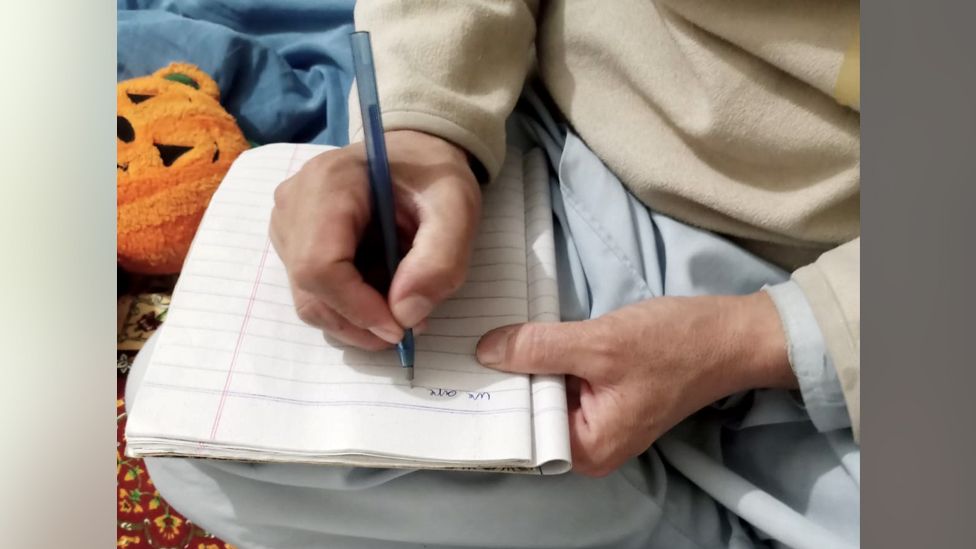
Pakistan’s caretaker Prime Minister Anwaar-ul-Haq Kakar has promised that at-risk individuals will not be sent back.
“The database of such individuals is with the Ministry of Interior,” he told Arab News in a recent interview.
How such individuals are identified is unclear and the ministry did not respond to a BBC request for comment. No list has been made public. Pakistan’s Commissioner for Afghan refugees Abbas Khan has also said any suggestion Hazaras were harassed by police was “fabricated”.
But Ms Haider says she has seen many people go into hiding.
“In towns, I have seen many of the shops and businesses run by Hazaras and other Afghans closed because they are afraid. I fear it will create another human tragedy. How will they eat?
“There is no mercy for the Hazaras. There is a very low chance they can get jobs or opportunities in Afghanistan. They face the challenges many other Afghans face, but more intense because of their ethnic group.”
Under the previous Afghan government, Hazaras found new opportunities.
In 2004, they were formally recognised as citizens. Many took more prominent positions in civil society, government and the military.
“There is no doubt that within the last two decades, the Hazara people were supportive of the process,” Fida Ali says of the government the Taliban unseated.
“Now that means we are accused of supporting the allies. It is another factor that means we face extreme danger.”
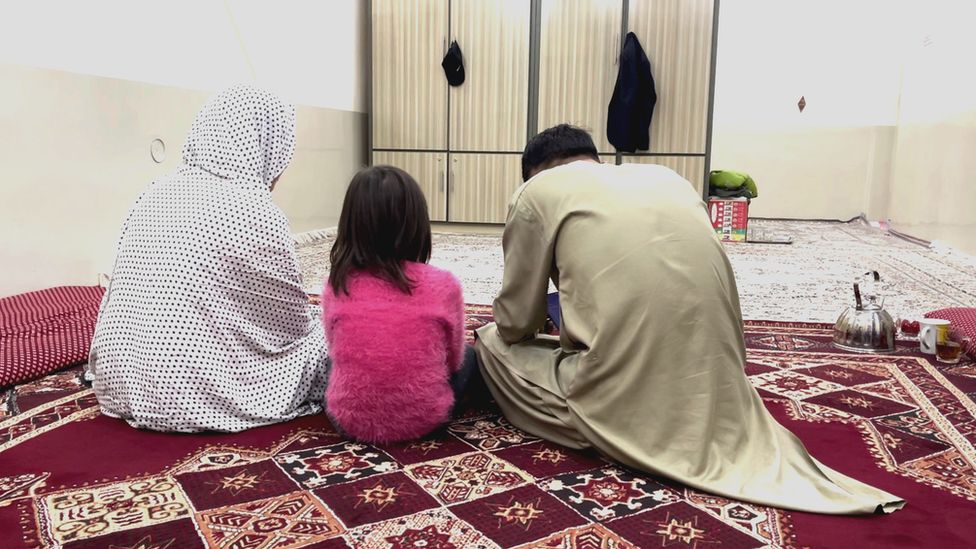
All the Hazaras the BBC spoke to show the same frustration, fear and hopelessness.
Baqir, who worked with the military and government in Afghanistan, is laying low with his family. They arrived in Pakistan about two years ago and he says returning would be “like playing with my life”.
“We can’t go back to our own country, maybe death will be awaiting us there; and here no-one hears our voice – we are totally lost!”
With no documents, no certainty and no recognition as refugees, all say they can only wait and hope.
“We really don’t know where to go or what to do,” Shakeba says. “We have lost everything. The dreams I have for my life are all gone.”

You might also be interested in:
This video can not be played
To play this video you need to enable JavaScript in your browser.
Related Topics
-
-
26 March 2022

-
-
-
20 August 2021
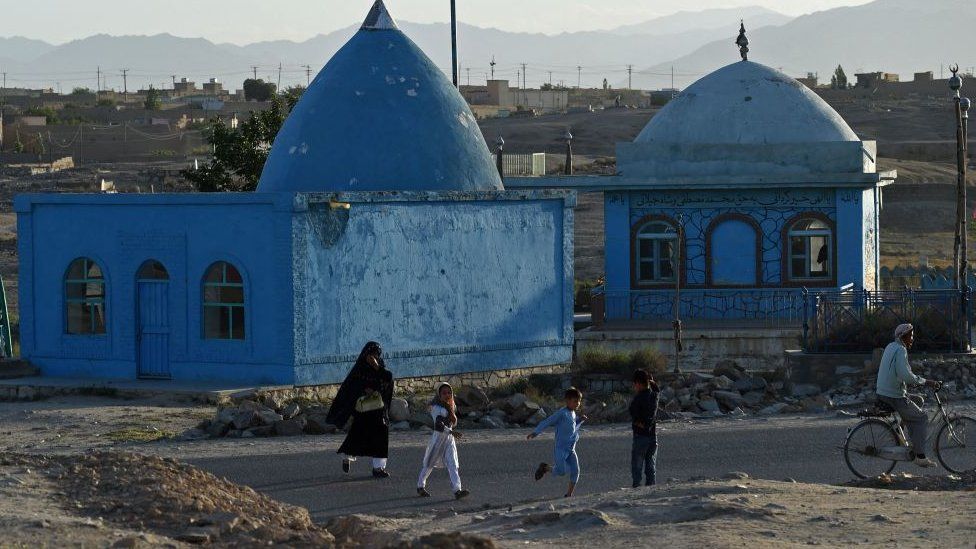
-


